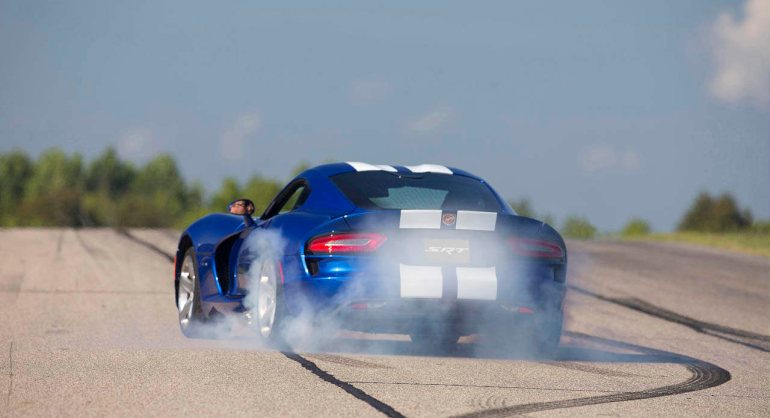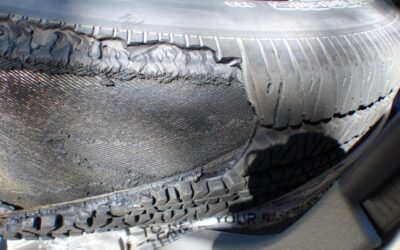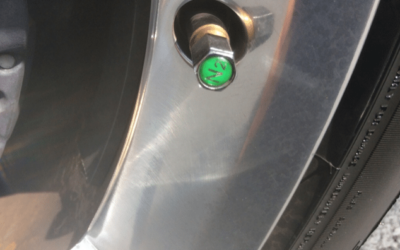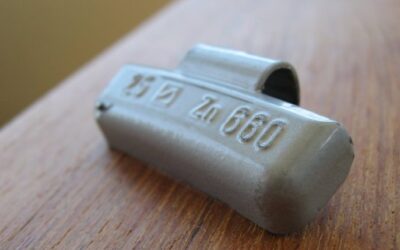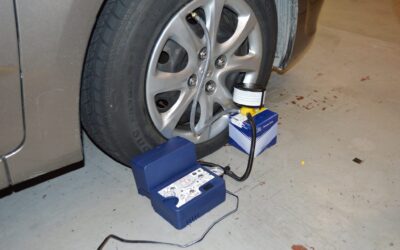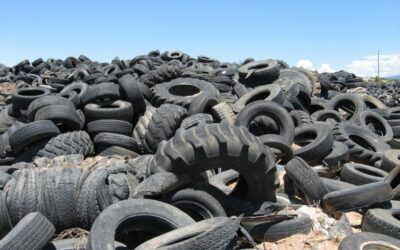Most people will say wider is better but is it true exactly? This article explains what you should know about the wide vs. narrow tire and how it impacts on car behavior on the road and your wallet
First question you have to ask yourself is what do you want to achieve, economy or safety of driving. The conventional wisdom is wider tires provide more traction thus more stability, better steering and braking distance is smaller, but less cost effective (more fuel consumption, more expensive tire). In most cases this is true, but not always.
Traction
Basically better traction can be achieved in two ways: more pressure per square inch or wider contact area. Increasing contact area with wider tire will cause lower force to surface per square inch and vice versa, skinny tire has less contact but must carry same load so pressure per square inch increases.
Seemingly we are in infinite loop of these two laws producing same effect. For traction we need certain amount of contact and pressure. Theoretically, continuously increasing one effect will produce downsizing of another to the point where we’ll have no traction at all. Point is finding right balance which is slightly different on various types of surfaces.
Dry Road
Two words: GO WIDE! Dry asphalt just love rubber. In our equation, balance is shifted toward contact area. Traction increase/decrease as a result of contact area change is more relevant than pressure on surface play role in it.
Wet Condition
In most cases fat tires are better for rainy days, unless you drive car over shallow lake. Specially designed cavities called “sipes” are efficient way to trap and remove water from contact surface. Narrow tires can get away with having fewer sipes because they’re not as inclined to trap water underneath and because their higher contact pressure tends to “squish” water out of the way especially when you run on a puddles on the road. Since you can adjust speed and avoid puddles, while you can not avoid rain, our favor goes toward wide tire.
Are you going to swap your tires? Don’t forget to balance it. Read more about the importance of “balancing” at: Balancing Tires Guide
Snow
Did you ever try to cut tree with baseball bat? If you use axe, contact area of its edge is smaller, meaning pressure is higher and you will be more successful than with bat. Narrow tire tend to dig in snow and perform better then wide tire. Snow and ice nullifies positive effect of wide contact area due to low friction, and pressure plays a greater part.
Off Road
Mud, dust, sand, dirt, grass, rock are extremes in everyday car use for most people. The one thing is common for all these types of terrain: there is no general answer for any of them. It seems bigger impact has car construction (clearance, weight distribution, size) and driver skills than tire wideness. After all, you will need specialized off road tire designed for your type of vehicle.
Fuel Consumption
Generally wider tire cause more friction which leads to higher fuel consumption. Also, wide tire is less aerodynamic and heavier, usually more expensive, causing further more negative impact to your wallet. Narrow tire is fairly opposite. Driving around city blocks and parking lots, sharp turning at low speeds makes drive experience quite pleasant. Small friction coefficient makes steering effort low.
Car Weight
Do not exaggerate. You cannot mount too skinny tire on 5K pound car, or tire will explode on a first bump (too much pressure per square inch). And vice versa, too wide tire mounted on relatively light car (2500 lbs) will produce often wheelspin especially going uphill on street with too many traffic lights, combined with front wheel drive, can be a true nightmare (San Francisco?).
Conclusion. So, what do you want to achieve? Economy or safety. Thankfully to car manufacturers which cannot allow themselves unsafe nor costly product, most of our dilemmas are already solved. Stock tires are good starting point for your decision. Our best guess would be 5-10% room for wider tires and 5% to narrow it from the stock configuration. If you use car mostly for urban drive and short relations, you should think about narrow tire. Otherwise, if you often use highways, long rides and quite fair mileage over year, go wide.

